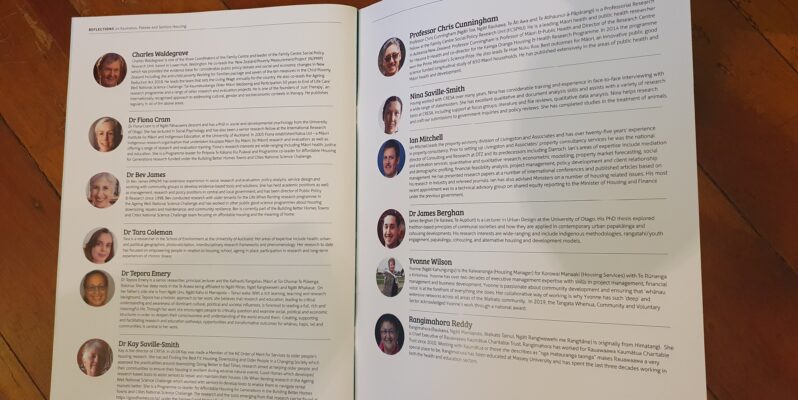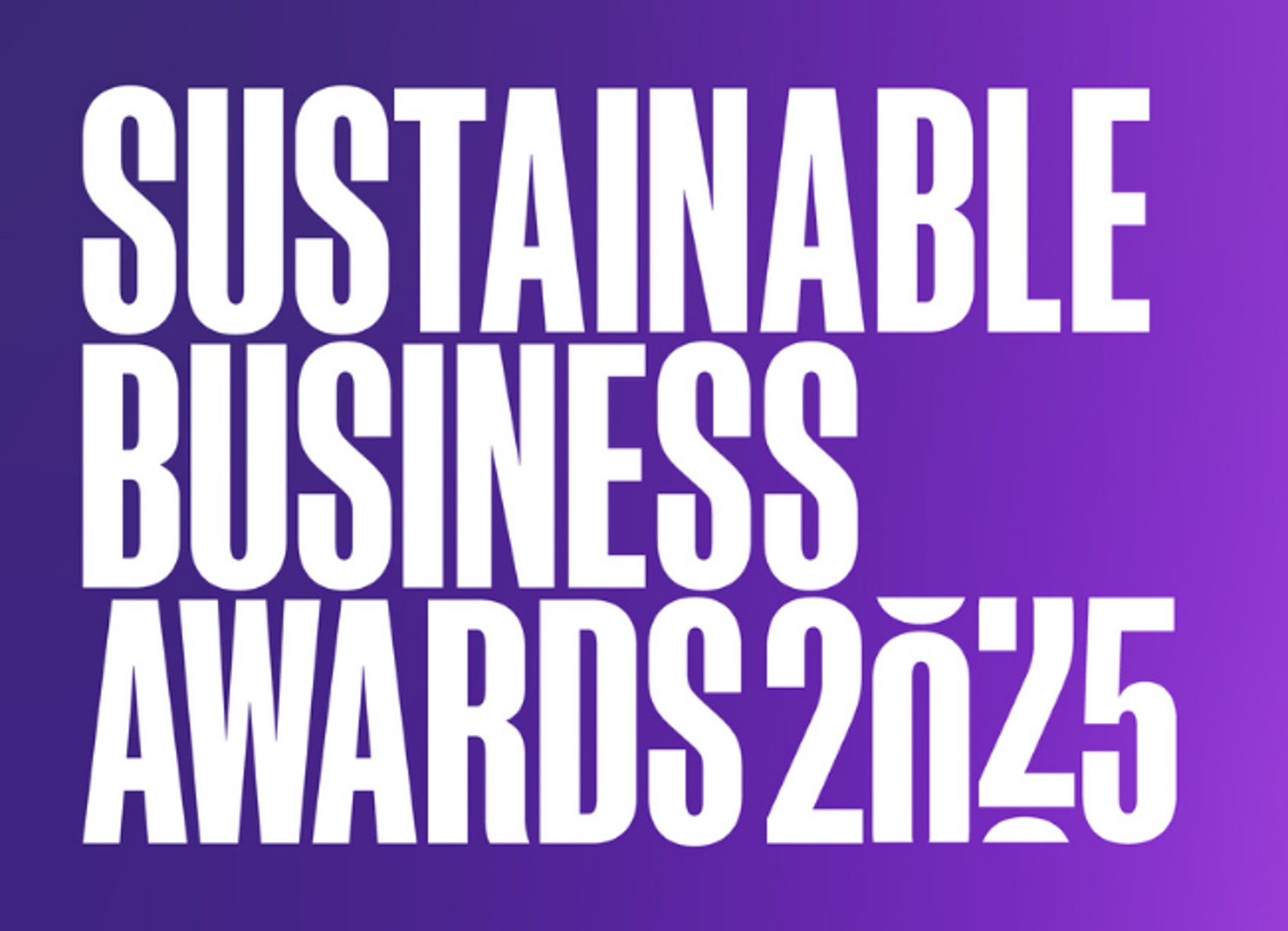To amplify the impact of great work, the story needs to be told. When the story is complex, featuring lots of people and factors, it needs a longer format. The story also needs to be crafted so it sings from the page and keeps readers’ attention. This needs a mix of skills at different stages.
We recently undertook content writing projects, producing two different impact reports, both produced in printed and digital formats. One is science communication in book form, produced to share housing research insights to policymakers. The other is content marketing in the form of a special report to help reposition a values-based healthcare technology company within the sector.
While the two reports are very different examples of the kind of content writing that can bring complex stories to life, the approaches we used have much in common.
In this article we share our insights from the two projects and hope they are useful in shaping your own content marketing. If you’d like to talk to us about these projects or your own untold stories, please get in touch.
Our thanks to Dr Kay Saville-Smith, co-lead of the Affordable Housing for Generations programme, and to Kate Rhind and John Williams, founders of Healthpoint, for choosing us for their content writing and for supporting us to talk about our work with them.
First, plan the content writing project – goals, audiences and the form
Both the content writing of the 48-page Reflections on Kaumātua, Pakeke and Seniors’ Housing and the 16-page Healthpoint Special Report began with careful planning.
Both projects were grounded in a clear purpose for well-defined audiences. We workshopped the goals and audiences with the clients to ensure the form of the content would marry with the job it had to do. In both cases, a written narrative form with accompanying graphics and images was chosen as most appropriate for communicating the impact effectively.
For both projects, we formed, at the outset, a shared understanding with our clients of the shape the impact reports would take.
For Reflections on Kaumātua Housing, the goal was to better enable government and other policy makers to take effective action to address the growing housing crisis for our seniors in Aotearoa New Zealand. The content was to be based on what a dozen researchers were to have presented at a conference that was cancelled because of the Covid-19 pandemic. Their collective insights would be the basis for the content.
The objective of Healthpoint Special Report, was to communicate within the healthcare sector the significant growth and additional value the team had built into the Healthpoint Directory in response to demand during the Covid-19 pandemic. In the planning, we worked with the founders to identify the themes they wanted to draw out in the report.
Original content writing based on stakeholder interviews
The content for both reports was based on stakeholder interviews. The interview process drew heavily on our team’s journalism skills.
For Reflections on Kaumātua Housing, we interviewed researchers working in the two National Science Challenge programmes. For this project, the Māori researchers were interviewed by Hinerangi Edwards of AATEA and the others by our own team. In the interviews, we had to tease out the most important findings from the research and about the researchers themselves.
For the Healthpoint Special Report we booked time with, and interviewed 10 stakeholders who could talk about their experiences working with Healthpoint. Again, we used our experience in asking questions in ways that support people to share their stories. These interviews gave us the raw, original content from which we could craft the theme-based articles for the report.
Long-form content – writing the narratives
At this stage in the process for both content projects we had goals, audiences, form and unique raw material based on stakeholder interviews.
For both content projects we had to turn disparate source material, drawn from the diverse voices of many interviewed participants, into cohesive narratives that each read with a consistent tone but retain the sensibilities of the unique perspectives shared. We are grateful to our senior GoodSense team member and experienced journalist Kylie Bailey for writing both reports.
For Reflections on Kaumātua Housing, it was these journalism skills that enabled us to write about the research in an accessible, conversational way. This style of content was quite different from the research papers the researchers typically produce.
For the Healthpoint Special Report, it is the personal anecdotes, otherwise unrecorded, that make the report content about technical service innovation so compelling.
From written content to published work: Editing, imagery and project management
Editing is a skill. A review of written content that assesses for sense, accuracy and tone are essential; does the writing mean what it intends? is it factually correct? and does it sound, in the mind of the reader, like the content that surrounds it? It’s also vital to check for spelling, grammar, and punctuation, which must be correct and, where there are choices to make, consistently applied. Get these wrong and the credibility of the whole can be impaired for some readers.
Errors create a stumble in the reading process that throw the read out of the narrative flow. Once out of the flow they may never return, and if they do they may be more sceptical of the accuracy of what they are reading overall.
For these content projects, we wanted to create cohesion but also not lose the unique perspectives shared through the stakeholder interviews, adding extra subtlety to this editing process.
We are grateful to our team members Allanah Robinson and Kate Jamieson for their work co-editing these reports. And we acknowledge with deep respect Dr Kay Saville-Smith, Dr Fiona Cram (Ngāti Pāhauwera), and Dr Bev James, the fellow co-editors Reflections on Kaumātua Housing.
Another commonality across both content writing projects was GoodSense project managed our client’s existing designers through the pre-production stages.
As an outsource marketing team, rather than an agency, we always prefer to work alongside existing relationships, adding our expertise while supporting continuity and whanaungatanga – the sense of belonging through shared experiences.
For both content marketing projects, we collaborated over image selection, commissioning of graphs and infographics, and steered and oversaw the design process. You can read more about this in the case studies.
Content writing for social impact
Both the Reflections on Kaumātua Housing and the Healthpoint Special Report were, in their respective ways, born out of the Covid-19 pandemic.
Reflections on Kaumātua Housing was published when a conference was cancelled, risking the research stories being otherwise untold. The Healthpoint Special Report was published to tell the story of extraordinary technology and content depth forged under the pressure of service delivery to the health sector during the pandemic.
There was a pleasing irony that both could be launched at events held face-to-face. The power of information written down, that can be held in human hands, and passed from one to another, dates back almost 5,500 years to Mesopotamia, (present-day Iraq). The first written content was literally ‘hard copy’ – inscribed on clay tablets. By contrast, digital content sharing is younger than the author of this blog. The first internet message was sent in October 1969.
So while oral narratives have our longest human history, written hard copy is our next storytelling format. And for many of is still where we first experienced reading. This gives hard copy an emotional as well as a physical weight, turning content that merits the environmental and financial investment into taonga, treasures as well as objects. When so much content is digital, this hard copy status can give the content itself extra mana, presenting it as something extraordinary, special and worth attention.
As well as printed copies, both reports are also available as PDFs. Digital formats are easy to store, transport and share more widely. They can often be made searchable online. They can sometimes to be easier to retrieve later, for future reference, than a hard copy. Both forms have immense value.
We’re delighted to have been able to help our clients create these two reports. One aims to improve the quality of life our seniors enjoy through their housing. The other aims to further improve people’s health through increasing equity of access to healthcare information. Both reports aim to have social impact through the unique content they share.
For more information on these content projects, you can read our full case studies on the 48-page Reflections on Kaumātua, Pakeke and Seniors’ Housing and the 16-page Healthpoint Special Report . Our thanks again to everyone we worked with to bring the reports into the world.
If you’d like to talk to us about these projects or how best to use content marketing to share your own untold stories, please do get in touch. We’d love to help.













